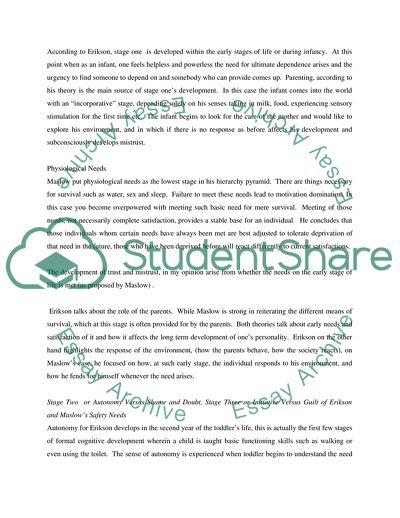Cite this document
(Comparative Analysis of Two Personality Theories Report Example | Topics and Well Written Essays - 1750 words - 6, n.d.)
Comparative Analysis of Two Personality Theories Report Example | Topics and Well Written Essays - 1750 words - 6. https://studentshare.org/psychology/1715541-psychology
Comparative Analysis of Two Personality Theories Report Example | Topics and Well Written Essays - 1750 words - 6. https://studentshare.org/psychology/1715541-psychology
(Comparative Analysis of Two Personality Theories Report Example | Topics and Well Written Essays - 1750 Words - 6)
Comparative Analysis of Two Personality Theories Report Example | Topics and Well Written Essays - 1750 Words - 6. https://studentshare.org/psychology/1715541-psychology.
Comparative Analysis of Two Personality Theories Report Example | Topics and Well Written Essays - 1750 Words - 6. https://studentshare.org/psychology/1715541-psychology.
“Comparative Analysis of Two Personality Theories Report Example | Topics and Well Written Essays - 1750 Words - 6”. https://studentshare.org/psychology/1715541-psychology.


